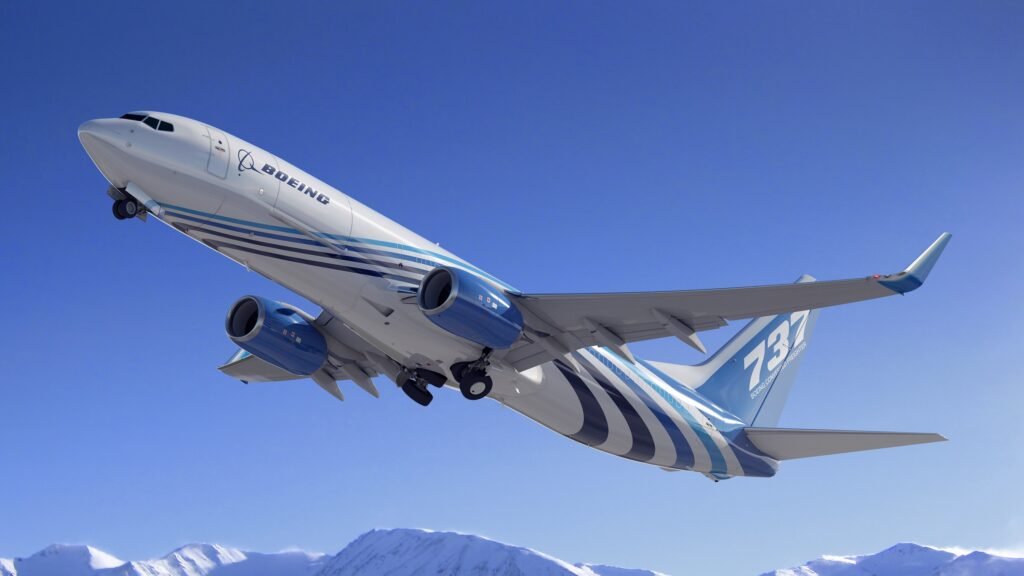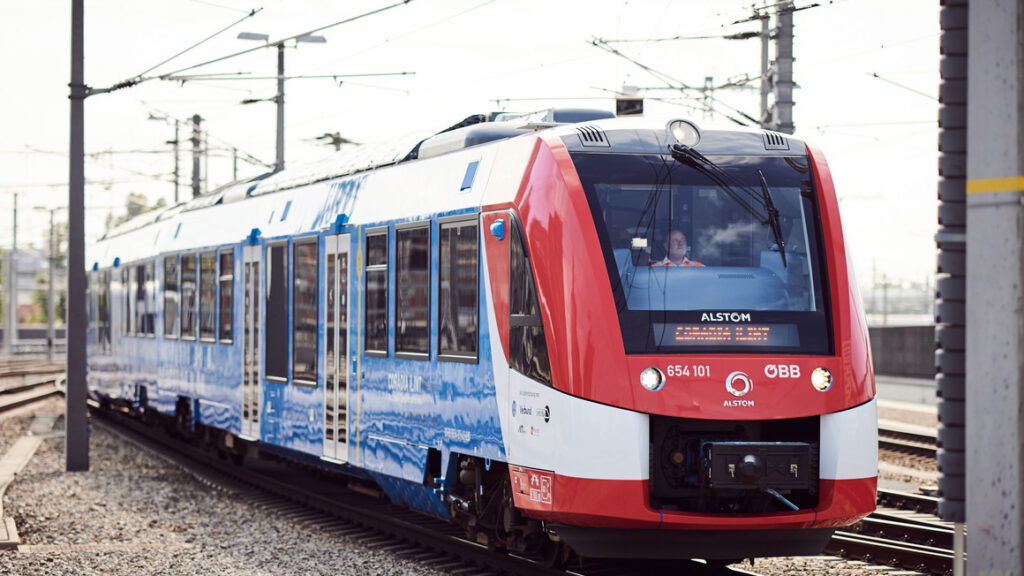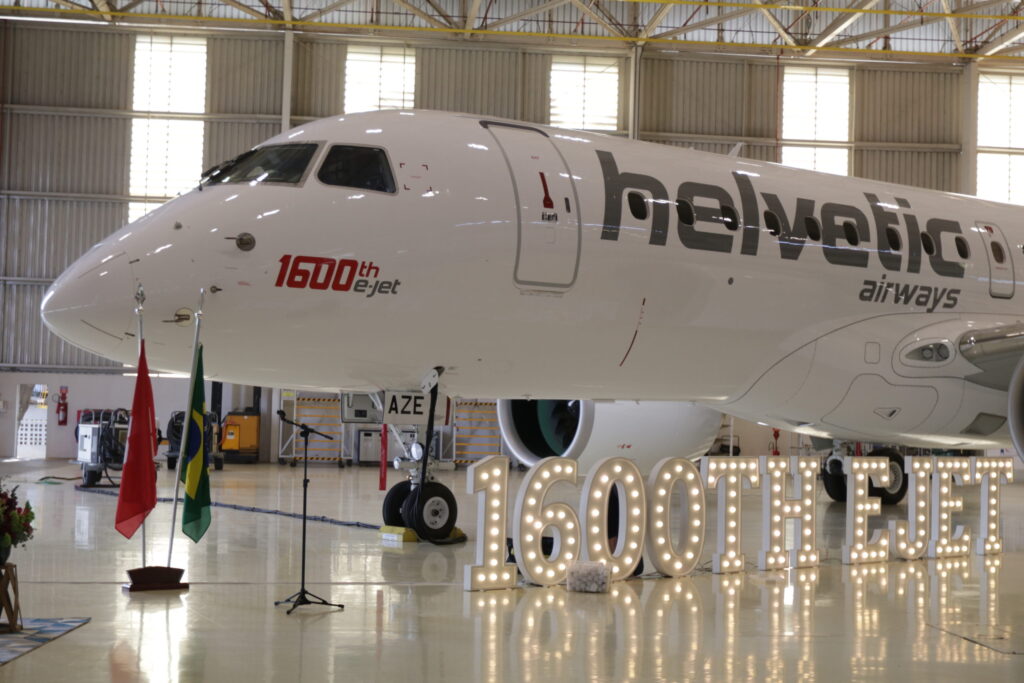Boeing Wins More 737-800BCF Orders and Launches New Freighter Conversion Lines to Meet Strong Demand
- The 737-800BCF now has 134 orders and commitments - Two additional freighter conversion lines are launched to meet strong demand in express traffic and e-commerce markets Boeing [NYSE: BA] today announced a firm order…



